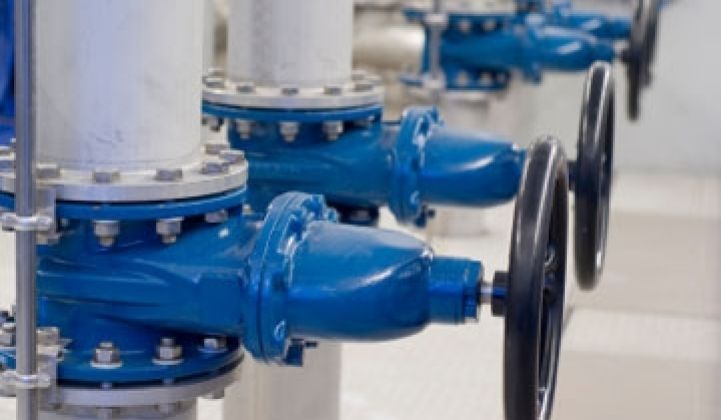Solar panels have allowed consumers and commercial users to wean themselves off the grid.
Miox wants to have a similar effect in water.
The company, which makes onsite water purification systems, is looking at ways to promote its technology for gray water remediation and water recycling. In most parts of the U.S., consumers and businesses send their gray water -- i.e., water that's been used for showers or cooking but not run through the toilet -- to large municipal treatment plants. The process requires pumps, infrastructure upkeep, and energy, and generally it's overkill. The water doesn't require the levels of treatment that black water (from the sewer) would.
By keeping the water local, communities can start to ease those burdens. One Miox customer, a resort located near a Native American community, has begun to recycle its gray water as a way to reduce the amount it needs to pump from the local aquifer, according to Carlos Perea, CEO.
New community developments and industrial customers are also looking at distributed water processing. In turn, Miox will try to make its equipment more turnkey-like so it appeals to a broader base. The company also hopes to soon announce marketing and sales alliances with multinationals.
Distributed water purification could, potentially, also finally open up the long-awaited flood of investment into water. The world currently sits on the precipice of a water disaster: China, Australia, and parts of the U.S. and Europe have struggled with droughts and crop failures in recent years. The field of water treatment could be worth hundreds of billions of dollars a year. (See A Guide to the Water World and Water World Part II: Investing in Purification.)
Unfortunately, the main buyers tend to be state and local government agencies and water utilities are about the most staid, conservative organizations around. Water treatment hearings and lunchtime at a retirement community: I've been to both and still can't recall which was which.
A shift to distributed water and private sector customers could accelerate the market. You could even see companies like IBM, Bechtel or Siemens offering the complete off-the-grid package to new housing developers and contractors. (Welcome to Omega Man Estates.) Companies such as HydroPoint Data Systems, among others, currently sell computerized systems that can help commercial property owners reduce water consumption.
So how does Miox work? The company's systems split salt (sodium chloride) and use the resulting chlorine gas and/or chlorine oxygen compounds to kill impurities. Traditional water purification relies on adding chlorine gas or liquid into water. Thus, the chemical agents are similar -- Miox mostly differs from the norm in the way it delivers chlorine.
"Chlorine is not the perfect chemistry but is it well understood. It is the gold standard," he said.
Salt electrolysis avoids the problem of transporting liquid chlorine. The company, in fact, grew out of military research. "The DoD didn't want chlorine gas in the field. A stray bullet or sabotage could create huge issues," he said.
Miox's trick lay in making electrolysis cost-effective. The company's system can purify a given amount of liquid with a volume of salt that is one-fourth the amount of liquid chlorine that would be required.



